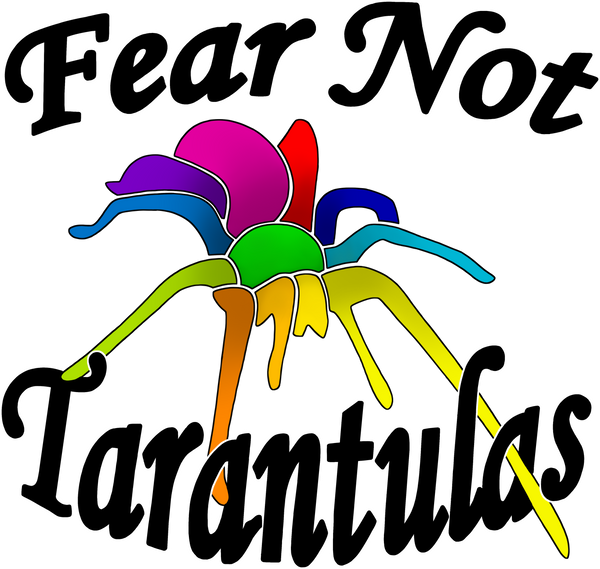About: This species comes in two color forms – Normal (olive) and Gold. Interestingly, both forms can come from the same sac of eggs. The gold color is due to a recessive gene. This is a gorgeous dwarf species and is one of the smallest in the hobby, but don’t let their size fool you – these little ones have a lot of personality and attitude. Though not really aggressive, they don’t shy away from larger prey when offered. Their carapace becomes a beautiful metallic gold color as they mature. They often fill their habitat with intricate webbing, full of silk lined tunnels. Providing them with sticks, cork, and foliage to use as anchor points is important. They may also do some burrowing, so at least 3 inches of substrate should be made available to them as well. This is one of the few species that can be housed communally, though there are guidelines for doing so. They are very easy to care for and you’ll love the spunk these little guys have!



